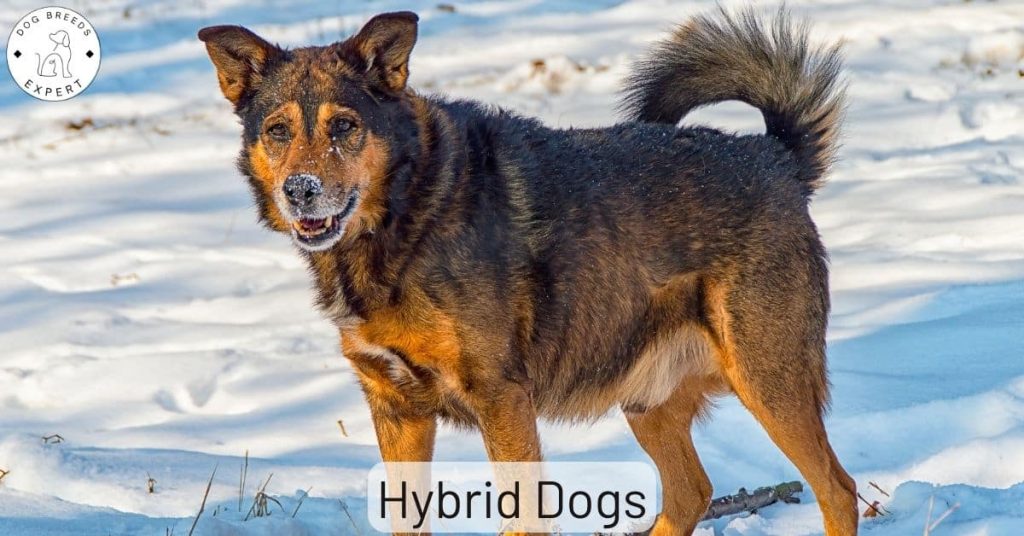Service dog breeds are certain breeds of dog that excel in assisting their human owners.
BUT what IS a service dog?
According to the Americans with Disabilities Act (ADA), a service dog is a dog that has been trained especially and specifically to perform certain tasks for a disabled person, who would otherwise have difficulty carrying out those tasks.
A service dog is trained in a very specific manner to assist with his human partner’s particular disabilities. While some mixed breeds are used for service, most is performed by purebred dog breeds. Certain temperaments, traits and physiques make it easier for these dog breeds to learn and perform the tasks of a service dog.
Before we look at service dog breeds, let’s look at the types of service dog.
Types of Service Dog
Here are 8 types of service dog;
Guide Dogs
Sometimes called “Seeing Eye Dogs”, but this term is only correct if the dog has been trained by The Seeing Eye Inc. of Morristown, NJ. “The Seeing Eye” is a registered trademark.
This means that all dogs trained by The Seeing Eye are guide dogs. But of course, there are other guide dog training schools as well. Guide dogs for the visually impaired are probably the among the most widely-known types of service dog.
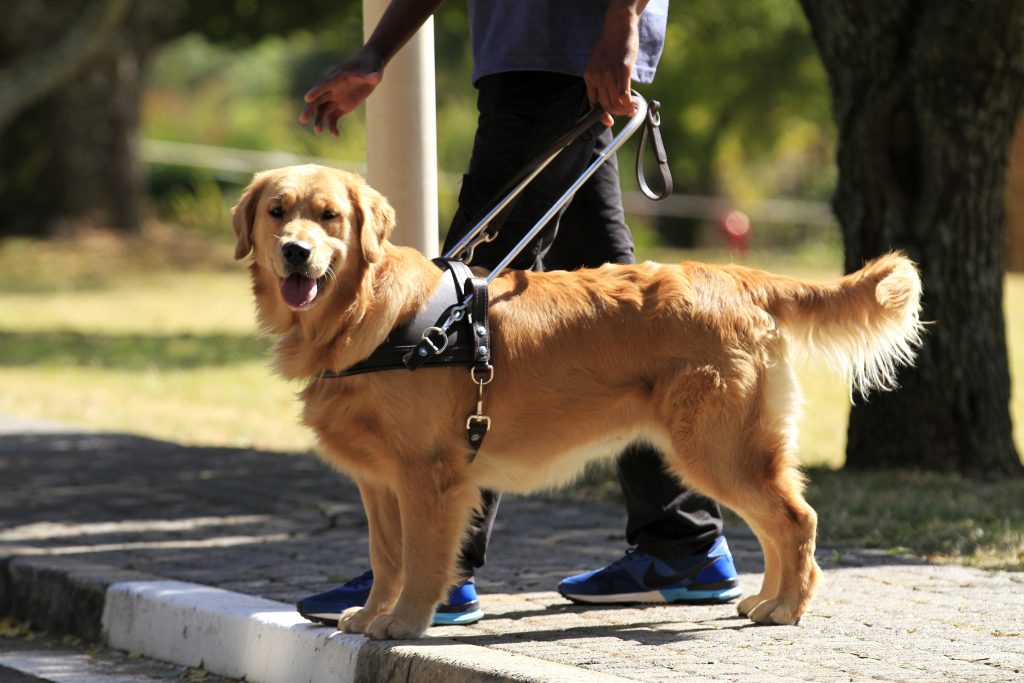
Hearing Dogs
Hearing dogs help people with hearing issues by alerting their owners to noises that the owner may not hear, such as a fire alarm, a door bell chime, and oven or microwave bell, and even approaching cars.
They will paw at their owner to alert them that something is happening that they should be aware of. In this way, they increase their owners safety and independence.

Diabetic Alert Dogs
A dog’s incredible sense of smell allows it to sense if its owner’s blood sugar level is becoming too low or too high. This takes special training, but once trained, the dog is very reliable. This service dog increases the owners safety and independence.

Mobility Assistance Dogs
This type of service dog is able to help those with mobility issues that makes certain everyday tasks difficult or even impossible. The dog can open doors, lift things off the floor, fetch items from another room, and assist with shopping by carrying the owner’s wallet to the check-out.
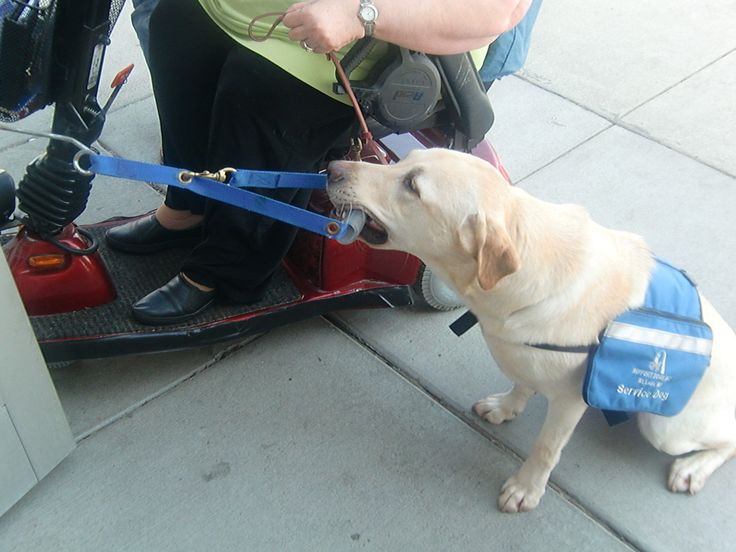
Seizure Response Dogs
Seizure response dogs help their owners in several ways, depending on the particular problem. In some instances, the dog can smell a change in the owner’s body chemistry up to 30 minutes before the seizure, and warn them to get to a safe place.
In other cases, the dog will try to find another person to help their owner if a seizure is imminent. During the seizure itself, the dog can protect the owner, and try to bring the owner back to consciousness afterwards by licking their face and hands. Some larger breeds may also be able to move their owner if they start to fit in a dangerous place, such as in the middle of a street.

Autism Support Dogs
As the name implies, these dogs give emotional support and assistance to children with autism. They can help to build confidence and friendships, as other children will want to associate with the dog. The dog’s presence can reduce the chances of the autistic child running away, and can help find the child if it does run away.
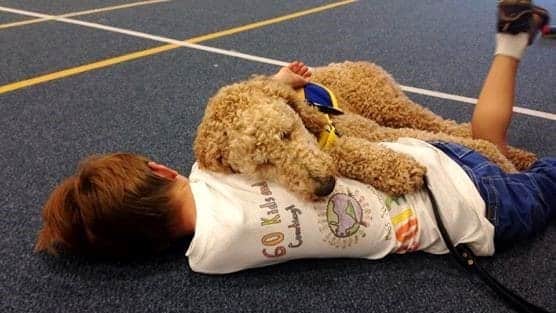
Allergy Detection Dogs
With the rise in children and adults suffering from potentially life-threatening allergies, this is an increasingly important role for service dog breeds. The dog is trained (again, using it’s incredible sense of smell) to detect even the smallest amounts of substances that the owner is allergic to. If it detects a possible allergen, it will paw at the owners hand or arm to alert him or her to the danger.

Psychiatric Service Dogs
This type of service dog provides emotional support for those owners suffering from a wide array of mental issues. These conditions include depression, anxiety, and port-traumatic stress disorder. The dog is trained to detect changes in the owners behavior before they have a panic attack or anxiety attack.

Emotional Support Dogs
These dogs are, strictly speaking, NOT service dogs, as they have not been through the rigorous training that Service Dogs go through. However, they are sensitive to their owner’s moods and feelings, and provide invaluable emotional support just through their presence.
SO, that’s the TYPES of service dog that you may come across. Isn’t it amazing that dogs can provide so many types of assistance and support?
NOW, let’s look at the service dog breeds most commonly used.
Service Dog Breeds
There are 8 – 10 service dog breeds that account for most service dogs in action today.
Golden Retriever

The Golden Retriever was originally bred to be a working dog, and they are sensitive, intelligent and agile. They are strong enough to physically help their owner if required, and pick up and carry heavy objects.
They can be trained as guide dogs for the visually impaired, hearing dogs for those with auditory issues, and also as assistance dogs, opening doors, turning lights on and off, and fetching items their owner needs.
Their alert but calm nature makes them one of the best service dog breeds.
Labrador Retriever

The Labrador is known for being enthusiastic, intelligent and good-natured. They are also sturdy and muscular dogs. Originally bred as working dogs, these characteristics make them ideal service dogs in many roles.
Best known as guide dogs for the visually impaired, Labradors also work as drug sniffer dogs at airports and sea ports; with the armed services detecting explosives; as medical detection dogs, warning their owners of an impending seizure, low or high blood sugar levels, and detecting tumors in cancer sufferers.
German Shepherd
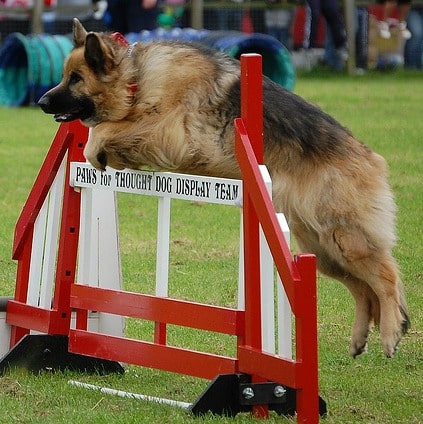
The German Shepherd is perhaps most commonly thought of as a guard dog when working as a service dog, but they also make great guide dogs for the visually impaired, and have been trained in many other assistance roles.
Their sharp intellect, observant and courageous nature combined with their size and strength make them ideal for work with the police, military and other law enforcement authorities.
The German Shepherd was bred to be herding dog, which involves not just keeping a flock together but also protecting it against perceived threats.
As a working dog breed originally, they have energy to burn, and are happiest when they have a job to do or a task to complete. This makes them ideal as guide dogs on the one hand, or as guard dogs on the other.
They are not as calm as Golden Retrievers and Labradors, and the instinct to protect may surface as aggression if they perceive their owner is under threat.
American Staffordshire Terrier

American Staffordshire Terriers are confident and muscular dogs. They can be trained to fulfill several roles of a service dog breed. They are affectionate and loyal to their owners, and their confidence makes them good with strangers, an important quality for any assistance dog. Careful training is needed, though, as some American Staffies may not get on well with other dogs or cats.
They work best as autism support dogs, and as therapy dogs for PTSD sufferers and people with anxiety and panic attack issues.
Standard Poodle

Poodles are a working breed, and highly intelligent. Although they do not have the size or muscle of the Golden Retriever, Labrador and German Shepherd, they make excellent hearing dogs for owners with hearing difficulties, and work well as assistance dogs for owners with mobility issues as they love retrieving or fetching items that their owner may need.
Poodles are usually easy to train, and they enjoy having a task or a job, true to their working breed background. As well as working as hearing dogs, they are also great medical alert dogs for sensing an impending seizure, diabetic problem, or panic attack.
Poodles are also good as autism support dogs, and providing comfort for PTSD and anxiety sufferers.
Pomeranian
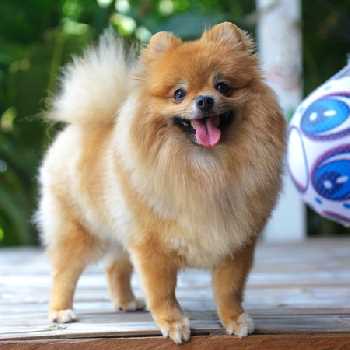
Many people are surprised to see a Pomeranian listed as a service dog breed, but in fact they make extremely good therapy dogs. They are calm and affectionate, and love meeting new people.
Pomeranians get on well with children, and they help people with anxiety and stress, and those with developmental issues.
This breed has also been helping nervous passengers at airports, such as those waiting in line at security, and those who have a fear of flying.
Poms have also been trained to work as hearing dogs and as medical alert dogs. Their small size makes them easier to look after than a larger breed, where physical size and strength is not needed.
Collie

The Collie is another breed that may not immediately spring to mind when talking about service dog breeds. However their friendly, intelligent and calm nature makes them ideal as therapy dogs for owners suffering PTSD and anxiety.
As a herding breed, they naturally want to look after their “flock” (ie. owner), and are extremely loyal, without the overly protective nature of the German Shepherd.
Bernese Mountain Dog

The sheer size and strength of the Bernese Mountain dog makes it perfect for providing physical assistance to owners with mobility problems. One of their original breed jobs was pulling small carts, and they can easily help with wheelchairs and providing a solid support or brace for their owners.
They have a very calm nature, and their background as working dogs makes them keen to have a job to do.
Labradoodle
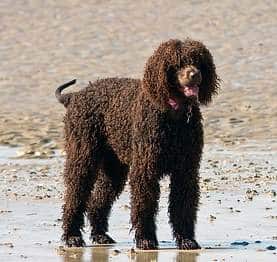
The Labradoodle is, of course, a cross between a Labrador and a poodle. This is not a pure breed like the other breeds listed here, but the combination of Labrador and Poodle can make for a very able and helpful assistance dog.
However, there are variations in temperament between Labradoodles, and some may not be suitable for service dog work.
Rhodesian Ridgeback

This breed is less common as a service dog, mainly because they can be a little independent and therefore difficult to train, and also because of their sheer size and exercise requirements. But they make excellent emotional support dogs.
These dogs below were spotted flying with their owners in business class! Technically, they are NOT service dogs, they are Emotional Support Dogs, which require much less training than a fully qualified Service dog.
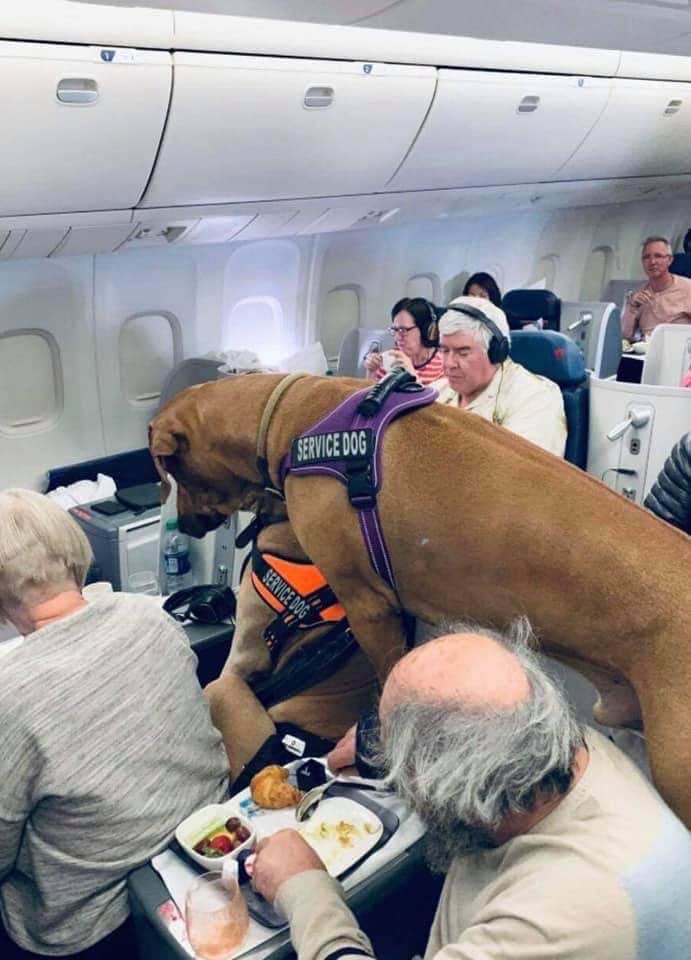
ALL breeds of dog have an incredible sense of smell, and the service dog breeds listed above can also be trained as allergen detecting dogs, alerting their owners if the dog smells anything that their owner may be allergic to, particularly nuts, for example. Obviously the dog has to be trained to detect the particular allergen that the owner may react to.
It’s important to realize that service dog breeds must be trained over a long period of time, usually 18 months to 2 years. Some dogs may seem like “naturals”, and understand what they need to do relatively quickly, but even so, they need to be trained to concentrate, and be aware of when they are “on duty” and “off duty”.
Please send me your own story about your service dog, and I will add it to this page!



